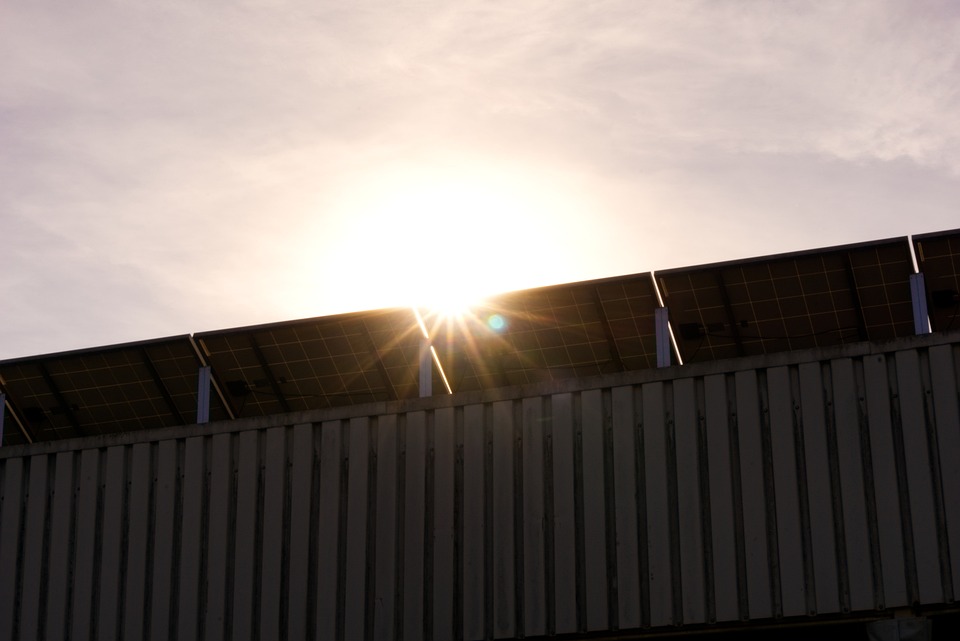Introduction
The world is facing an unprecedented energy crisis, with increasing demand for electricity and a growing concern for the environment. The traditional grid infrastructure is struggling to keep up with the pace, and it’s imperative that we adopt new technologies to ensure a sustainable future. Grid automation is one such technology that holds the key to a greener future, and in this article, we’ll explore its benefits, challenges, and applications.
What is Grid Automation?
Grid automation refers to the use of advanced technologies such as sensors, actuators, and communication systems to monitor, control, and optimize the operation of the electrical grid. The goal of grid automation is to improve the efficiency, reliability, and sustainability of the grid by enabling real-time monitoring and control of the power flow, detecting faults and anomalies, and predicting energy demand.
Benefits of Grid Automation
- Improved Efficiency**: Grid automation enables real-time monitoring and control of the grid, allowing for optimized energy distribution and reduced energy losses.
- Enhanced Reliability**: Advanced sensors and predictive analytics enable early detection of faults and anomalies, reducing the risk of power outages and improving grid reliability.
- Sustainability**: Grid automation enables the integration of renewable energy sources, such as solar and wind power, into the grid, reducing carbon emissions and promoting a cleaner environment.
- Increased Flexibility**: Grid automation enables the grid to adapt to changing energy demand, allowing for greater flexibility and responsiveness to changing market conditions.
Challenges of Grid Automation
While grid automation offers numerous benefits, it also poses several challenges, including:
Technical Challenges
- Complexity**: Grid automation requires the integration of multiple systems and technologies, which can be complex and challenging to implement.
- Data Integration**: Grid automation relies on the integration of vast amounts of data from various sources, which can be a significant challenge.
- Cybersecurity**: Grid automation systems are vulnerable to cyber threats, which can compromise the security and reliability of the grid.
Economic Challenges
- Cost**: Implementing grid automation can be costly, requiring significant investments in infrastructure and technology.
- Return on Investment**: The return on investment for grid automation can be slow, as the benefits may not be immediate.
Applications of Grid Automation
Grid automation has numerous applications in various industries, including:
Electric Power Utilities
Grid automation enables electric power utilities to optimize energy distribution, reduce energy losses, and improve grid reliability.
Industrial Facilities
Grid automation enables industrial facilities to optimize energy consumption, reduce energy costs, and improve productivity.
Renewable Energy Systems
Grid automation enables the integration of renewable energy sources, such as solar and wind power, into the grid, promoting a cleaner environment and reducing carbon emissions.
Conclusion
Grid automation is a critical technology for ensuring a sustainable future. While it poses challenges, the benefits of grid automation far outweigh the costs. As the world continues to transition to a cleaner and more sustainable energy landscape, grid automation will play a vital role in optimizing energy distribution, reducing energy losses, and promoting a greener future.
FAQs
- Q: What is grid automation?
A: Grid automation refers to the use of advanced technologies to monitor, control, and optimize the operation of the electrical grid.
- Q: What are the benefits of grid automation?
A: The benefits of grid automation include improved efficiency, enhanced reliability, sustainability, and increased flexibility.
- Q: What are the challenges of grid automation?
A: The challenges of grid automation include technical challenges such as complexity, data integration, and cybersecurity, as well as economic challenges such as cost and return on investment.
- Q: What are the applications of grid automation?
A: The applications of grid automation include electric power utilities, industrial facilities, and renewable energy systems.




_2.png?w=150&resize=150,150&ssl=1)
_1.png?w=150&resize=150,150&ssl=1)

_1.png?w=150&resize=150,150&ssl=1)